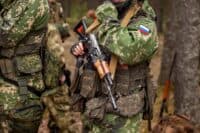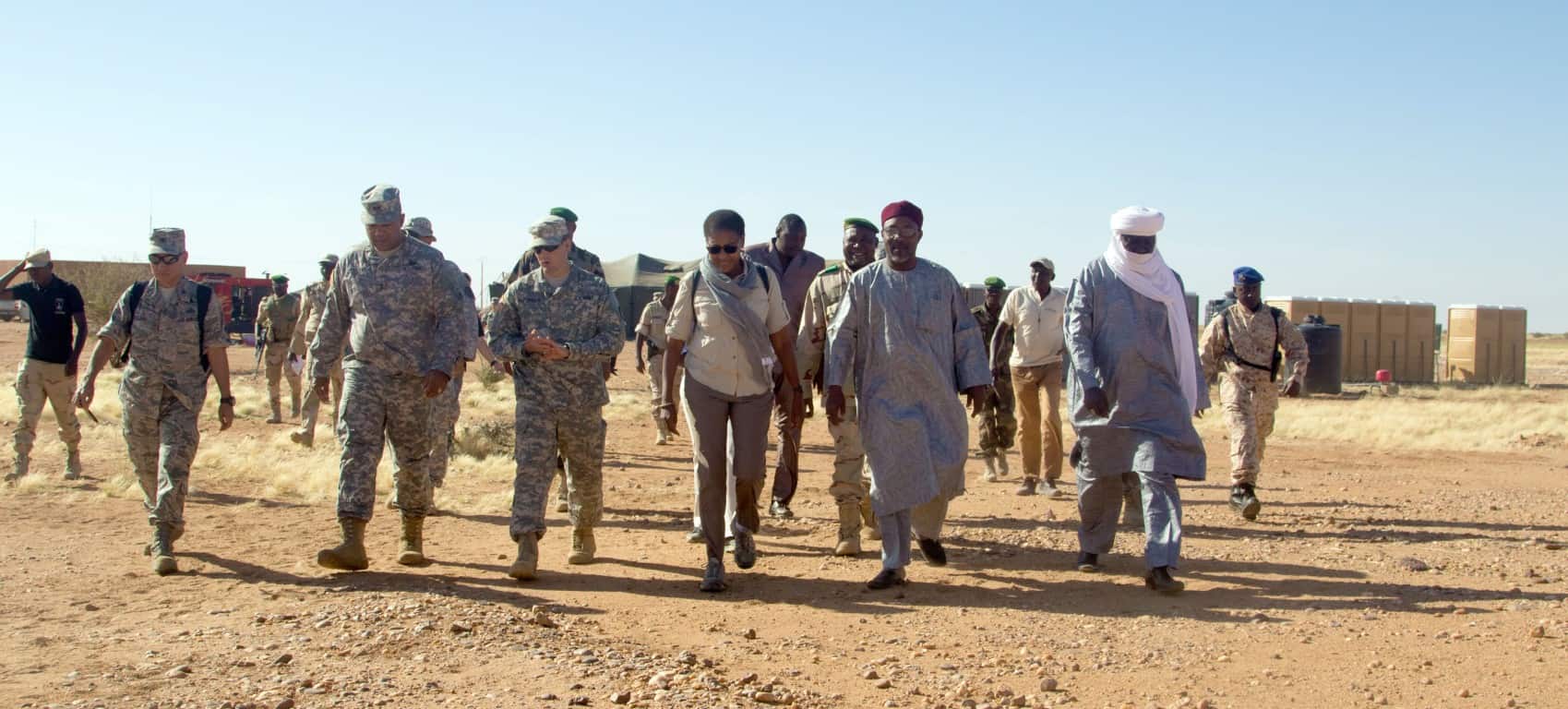
There are 53 active conflicts worldwide today. Some are long-running, low-intensity wars, while others have seen thousands perish. The unfolding situations in Ukraine, Israel, and Syria garner the most attention, but other simmering disputes could quickly turn into wider wars. This article will examine the most pressing conflicts that could erupt in the next four years.
Why This Matters
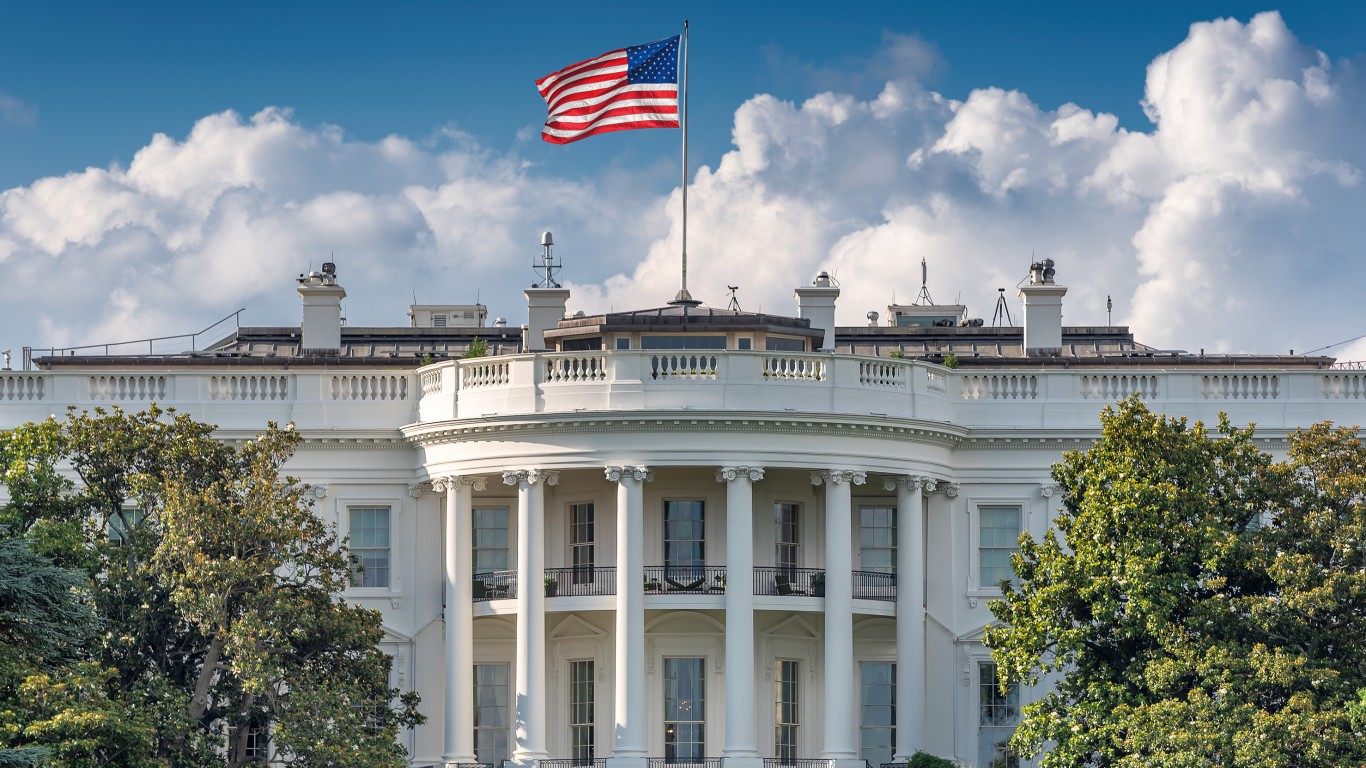
In November 2024, American voters backed a presidential candidate who espouses a transactional, non-interventionist foreign policy. Donald Trump will nevertheless enter office during heightened global tensions, when a laissez-faire approach may not be viable. Trump’s America-first outlook needn’t mean staying aloof from pressing diplomatic situations.
Armenia – Azerbaijan
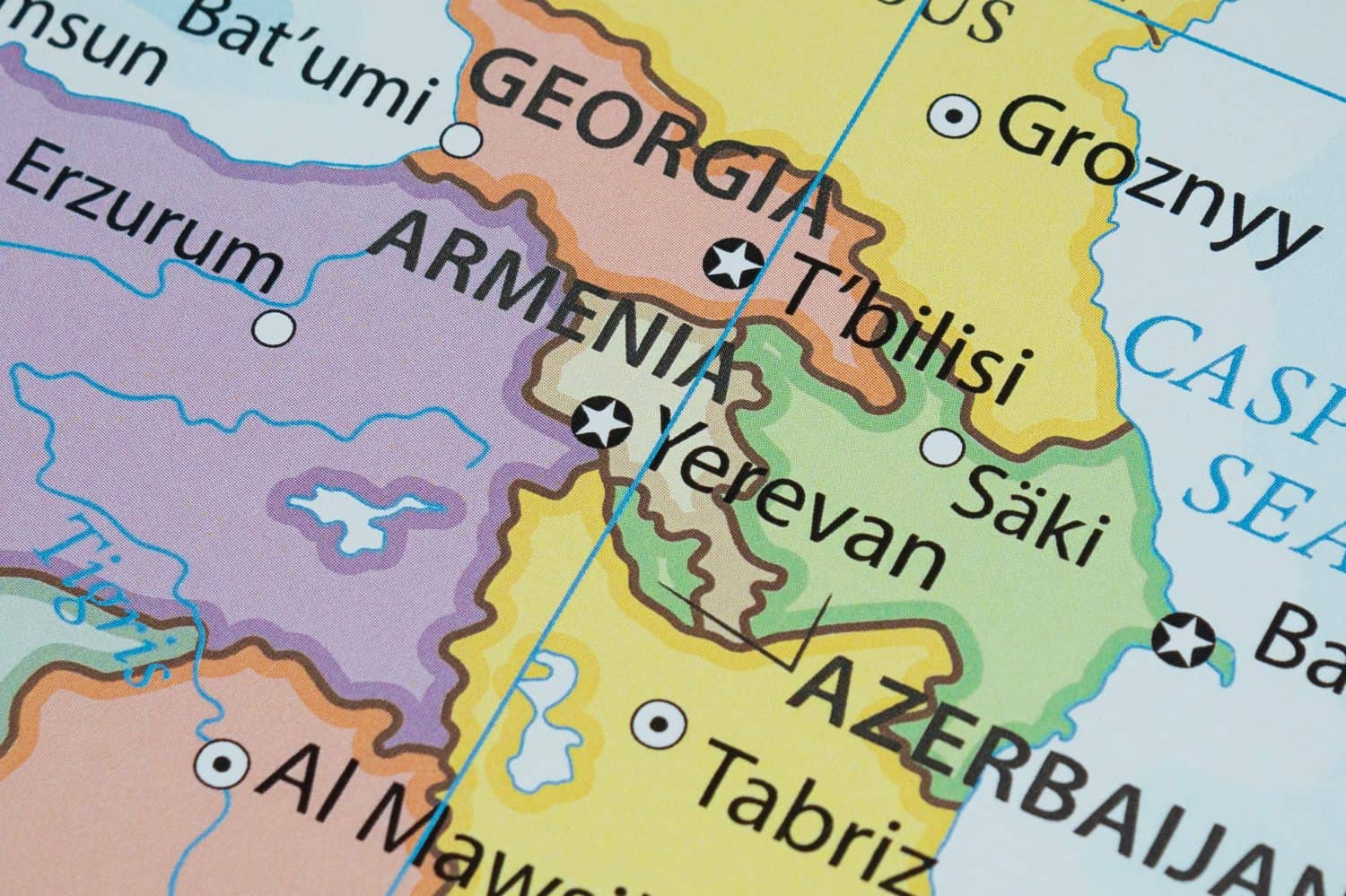
Russia’s special military operation in Ukraine not only shattered the peace in Eastern Europe, but it could also have a knock-on effect on the Caucasus. Armenia and Azerbaijan have been at odds over the Nagorno-Karabakh region for decades. First established as an autonomous oblast in 1923, Nagorno-Karabakh is an Armenian enclave within Azerbaijan. The two former Soviet republics have been at odds over the area for decades.
Russia brokered a fragile peace in 1994 to end the first Nagorno-Karabakh War, but intermittent violent clashes have continued since. A second war broke out in 2020, with Azerbaijan regaining most of the territory lost in the 1990s. Russia once again mediated peace talks and established a peacekeeping force to monitor the Lachin Corridor, which linked Armenia to Nagorno-Karabakh.
With Russian attention focused elsewhere, Azerbaijan launched a surprise offensive in 2023 to seize Nagorno-Karabakh and force most of the Armenian population to flee. Turkey is another key player in the region but has no formal ties with Armenia owing to a bitter shared history. Neither Russia nor Turkey seem to have the influence needed to broker a lasting peace treaty between Armenia and Azerbaijan. Indeed, both governments have rejected overtures by third parties to mediate the dispute.
The current situation is an uneasy peace that could so easily devolve back into violence.
Eritrea – Ethiopia
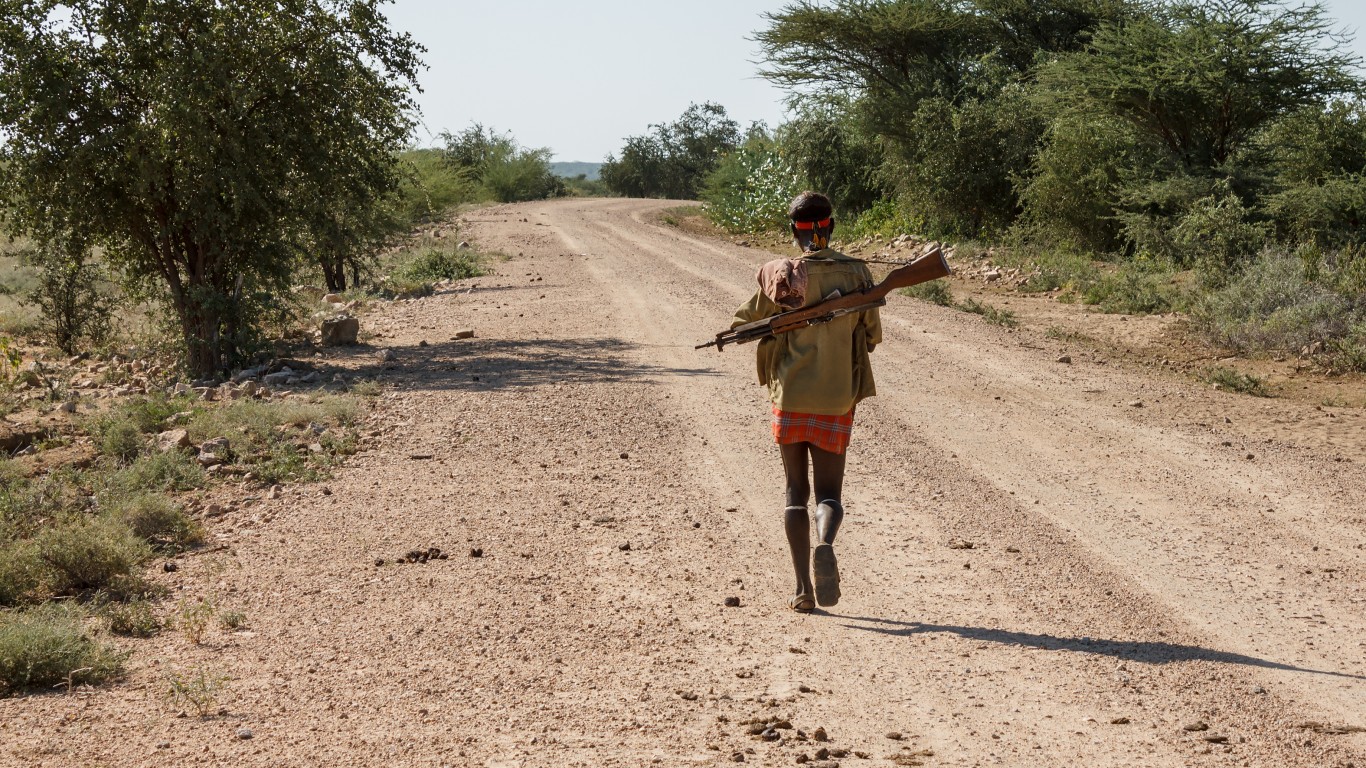
With a population exceeding 126 million, Ethiopia is the largest landlocked country in the world. Only a narrow corridor of land held by Eritrea separates Ethiopia from the Red Sea. Eritrea gained independence from Ethiopia in 1993, and the two have been at odds ever since. In 1998, border skirmishes escalated into a devastating two-year conflict neither nation could afford. The two former enemies fought on the same side in the devastating Tigray War, an Ethiopian Civil War fought in the north.
In 2023, Ethiopian Prime Minister Abiy Ahmed stoked tensions by suggesting his country’s survival depended on direct access to the sea. Though he publicly insisted his quest for a port would be achieved peacefully, private comments to business leaders suggest force may be an option. Assab, once part of Ethiopia, would be the most likely target of an Ethiopian offensive. However, other options may be viable in neighboring Somalia or Djibouti. Given the proximity to the world’s busiest trade routes, the situation must be monitored carefully.
Myanmar
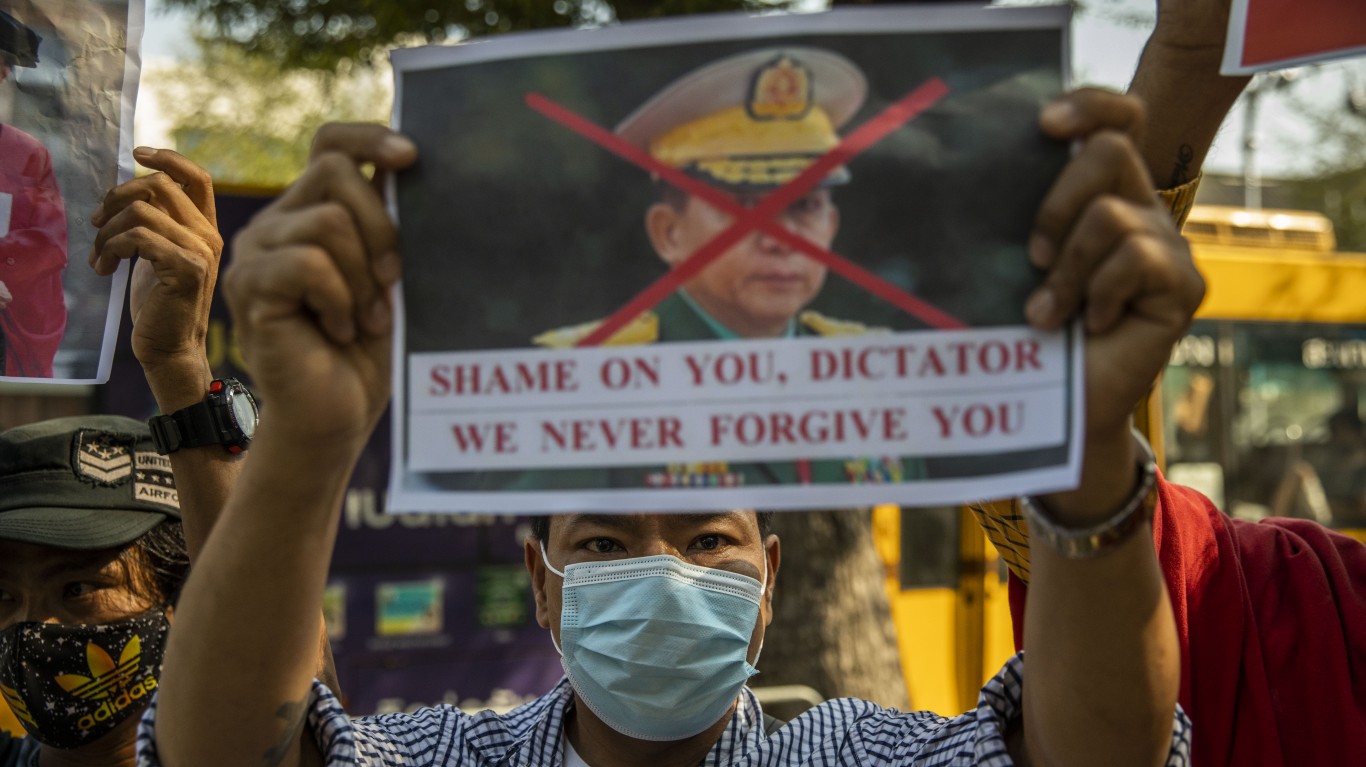
The ongoing civil war in Myanmar is reaching a crucial point. Three years after the 2021 coup, the military is struggling to retain control over the wide swathes of the country. Over 200 towns, bases, and other territorial assets have been seized from the military in 2024. Because of the dire shortage of military personnel, the junta passed sweeping conscription laws in February 2024 to bolster the ranks. The leader of the Kachin Independence Army, General Guan Maw, ominously predicted the move represented the “end of the end.”
China may take a more active role in supporting the junta in 2025, but that may not be sufficient given the regime’s losses. One of the greatest risks for the beleaguered country is the lengths the failing junta may go to to survive. The multifaceted conflict may be nearing its end, but lasting peace may still be a long way off.
North Korea – South Korea
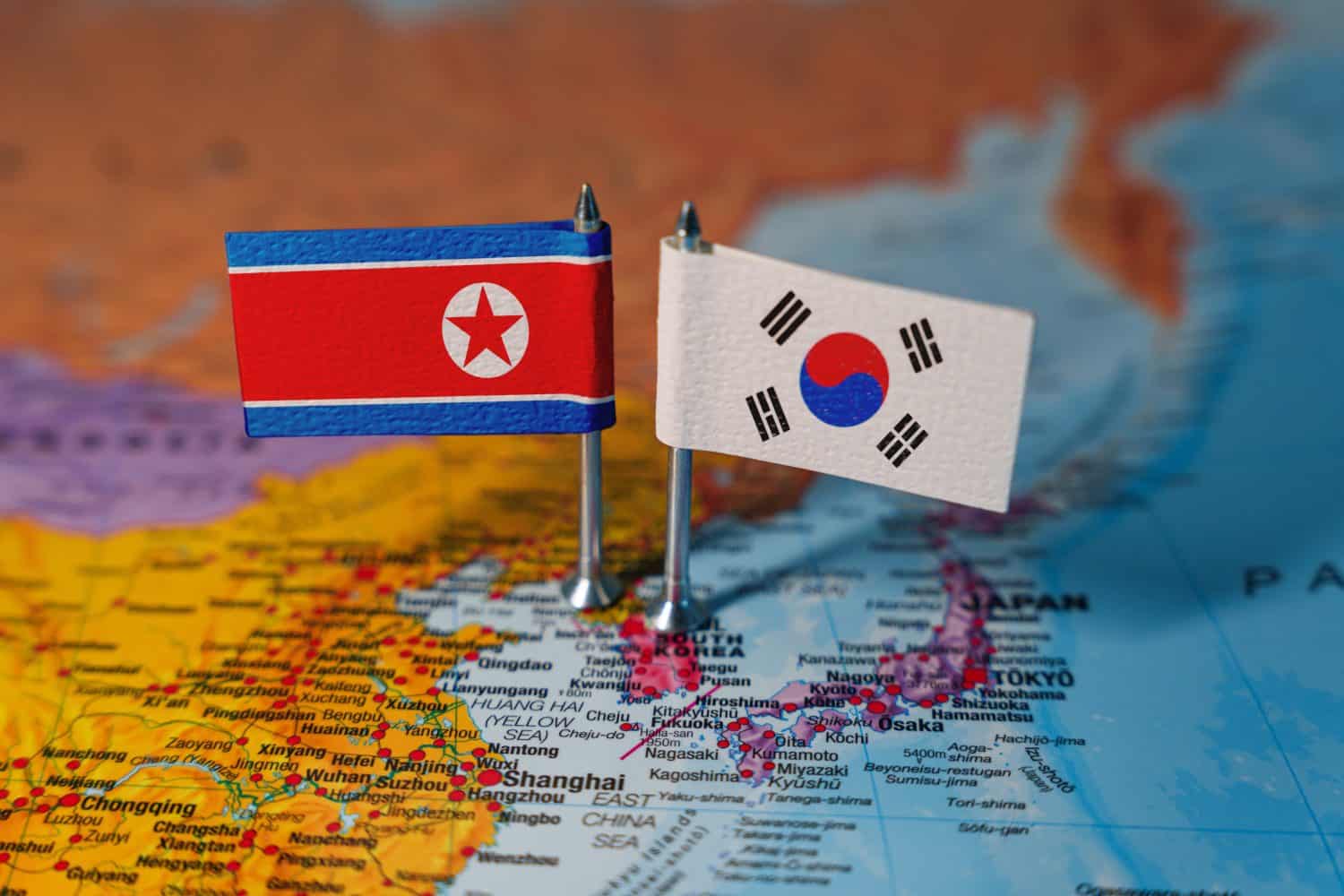
North and South Korea are still technically at war. However, despite several border clashes, the uneasy armistice has held for decades. Though South Korea’s military is quite simply cut above North Korea’s numerous but poorly-equipped armed forces, Seoul would suffer immensely in a renewed conflict. The South Korean capital is within artillery range of the north.
That threat is ever-present but has become heightened in recent years as North Korean leader Kim Jong-Un’s rhetoric has taken an alarming shift. For decades, Pyongyang maintained that peaceful reunification is the ultimate goal. However, the North Korean leader’s public statements have altered the landscape. North Korea’s constitution now views South Korea as a “hostile state” and the regime’s main enemy.
In October 2024, North Korea detonated rail links with the South. North Korea’s new ties with Russia and possible combat experience in Ukraine could lead to a more aggressive posture toward its neighbor. In December 2024, South Korean President Yun Seok Yeol attempted a coup, drawing on rising tensions to justify imposing martial law. All-out war may still be a remote possibility, but it has seldom been closer since the 1950s.
The Sahel – Burkina Faso, Mali, and Niger
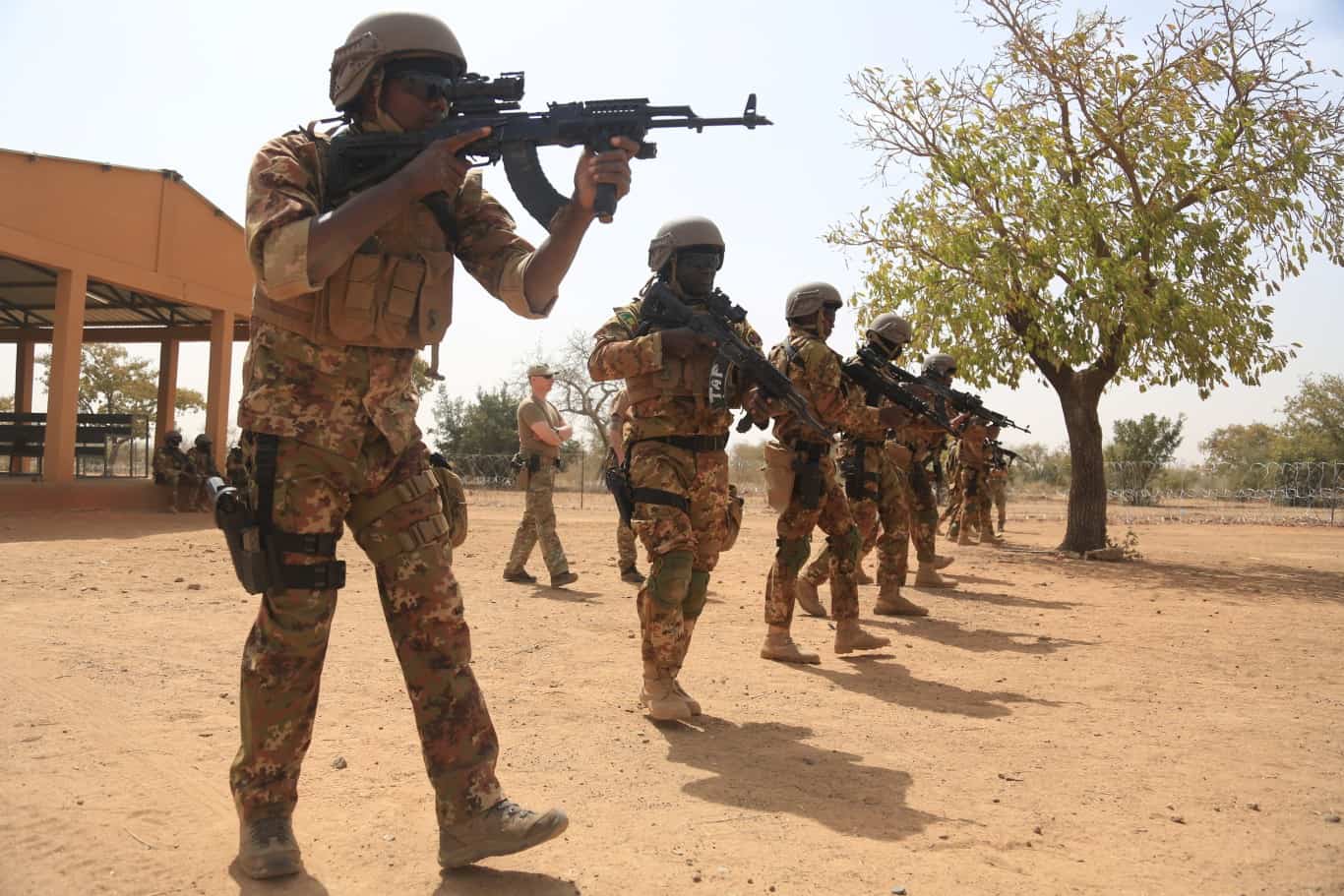
The Sahel is a vast area in Africa that separates the Saharan north from the tropical south. It crosses several African nations, from Senegal in the west to Eritrea in the east. The Sahel is one of the most troubled regions in the world and an epicenter for extremist violence. It also faces serious potential ecological problems from climate change.
The current situation in Mali is spiraling out of control after the failure of a French-led intervention and the withdrawal of UN peacekeeping forces. Armed rebel groups doubled their territory in northern Mali in 2023. In September 2024, a group linked to Al-Qaeda attacked Bamako, leaving dozens dead and injured.
Neighboring Burkina Faso is also experiencing extremism and political instability. In 2022, the government was toppled twice, and Ibrahim Traoré seized power in a coup in September. Traoré severed ties with France in 2023 and is looking to deepen ties with Russia to weather the current crisis.
Like Burkina Faso and Mali, Niger is ruled by a military junta that seized power by force. Niger was the ninth attempted coup in three years in West and Central Africa. Niger was a key US ally in counterterrorist operations in the region. However, at the behest of the junta, US troops fully withdrew from Niger in September 2024. With limited international support and rising extremism, the outlook for this troubled area is bleak.
Sudan
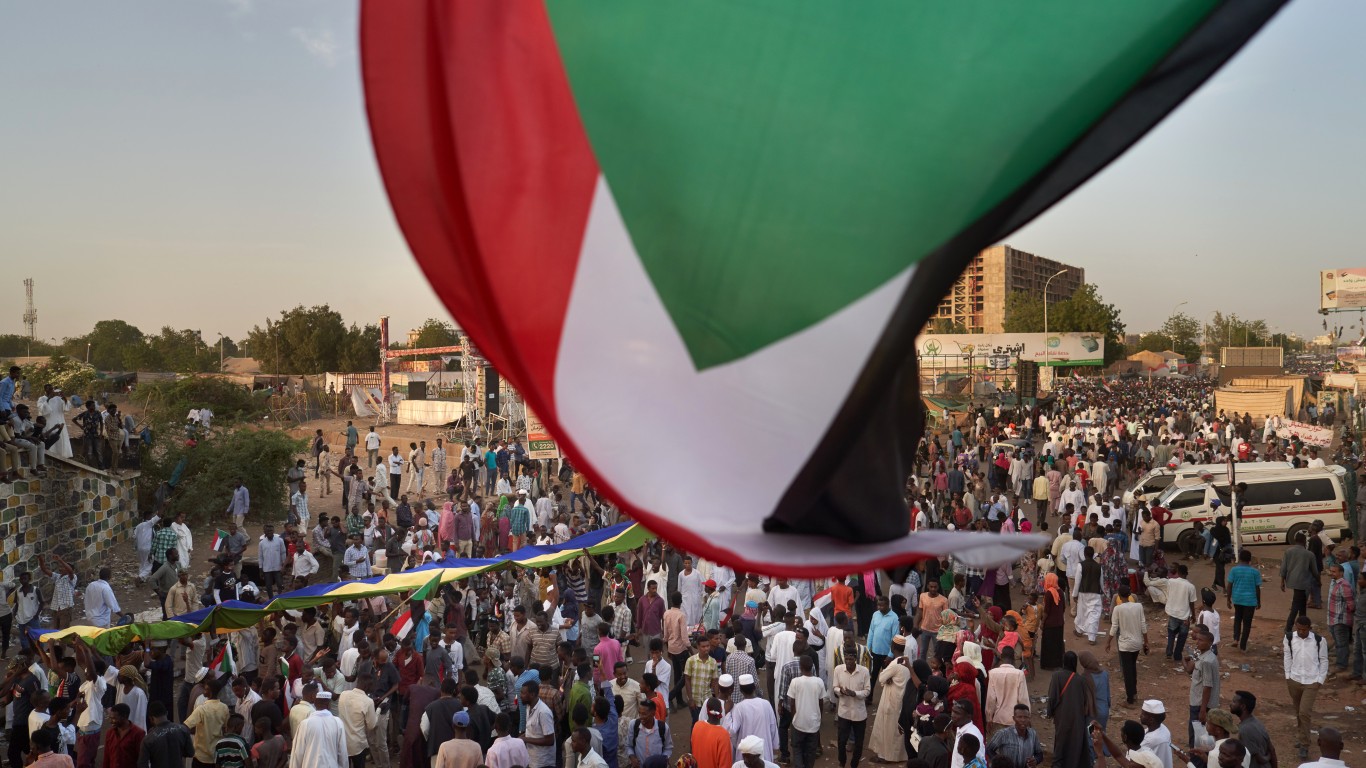
Sudan has lurched from one catastrophe to another since the 1950s. The first Sudanese Civil War lasted almost 17 years, from 1955-72. The war erupted as Sudan was about to break free from British rule. The vast country had a major cultural divide between the Muslim north and the Christian and animist south. Up to one million people perished in the conflict. The Addis Ababa Agreement ended the fighting, albeit temporarily. The Second Sudanese Civil War broke out in 1983 and lasted 21 years with an estimated 1-2 million fatalities.
Omar al-Bashir seized power in a coup in 1989 and ruled as a dictator for 30 years before he was toppled in 2019. Osama bin Laden and other terrorist leaders lived in Sudan in the 1990s; this caused the United States to sever ties with Sudan in 1996 and impose sanctions.
Over 200,000 people were systematically killed in the Darfur region between 2003-05 by the Janjaweed militia and the Sudanese government. After al-Bashir was removed from power in a 2019 uprising, the new government was toppled again by a coup led by the Sudanese Armed Forces (SAF) and the Rapid Support Forces (RSF) in 2021. The RSF was formed from the Janjaweed militia that carried out the Darfur genocide.
The third Sudanese civil war broke out in April 2023 over a power struggle between the SAF and RSF. Some eight million people were displaced by the fighting. As the war rages, there are serious warnings that another genocide could be carried out in Darfur.
Taiwan

The long-standing US policy toward China and Taiwan of strategic ambiguity could be put to the test in the next four years. In 1979, The United States formally recognized the People’s Republic of China as the “real” China at the expense of the Republic of China (Taiwan). However, the United States didn’t wholly abandon Taiwan and maintained unofficial ties with Taipei. Under the terms of the Taiwan Relations Act, the United States pledges to:
make available to Taiwan such defense articles and defense services in such quantity as may be necessary to enable Taiwan to maintain a sufficient self-defense capacity
The Biden administration began sending direct military aid to Taiwan, and the outgoing president authorized a $571 million package in December 2024. The sense of urgency behind the move comes from fear that Beijing may soon be ready to press its claim on Taiwan by force.
According to a May 2024 Congressional report, Chinese premier Xi Jinping instructed the People’s Liberation Army to be ready to invade by 2027. This, of course, does not mean an invasion is a certainty. An amphibious invasion of Taiwan would be immensely difficult and present a huge risk. On the other hand, China’s impending demographic implosion means there is a rather narrow window of opportunity for success.
This may be a problem for Trump’s successor, but the incoming administration will have to monitor the situation closely.
Conclusion
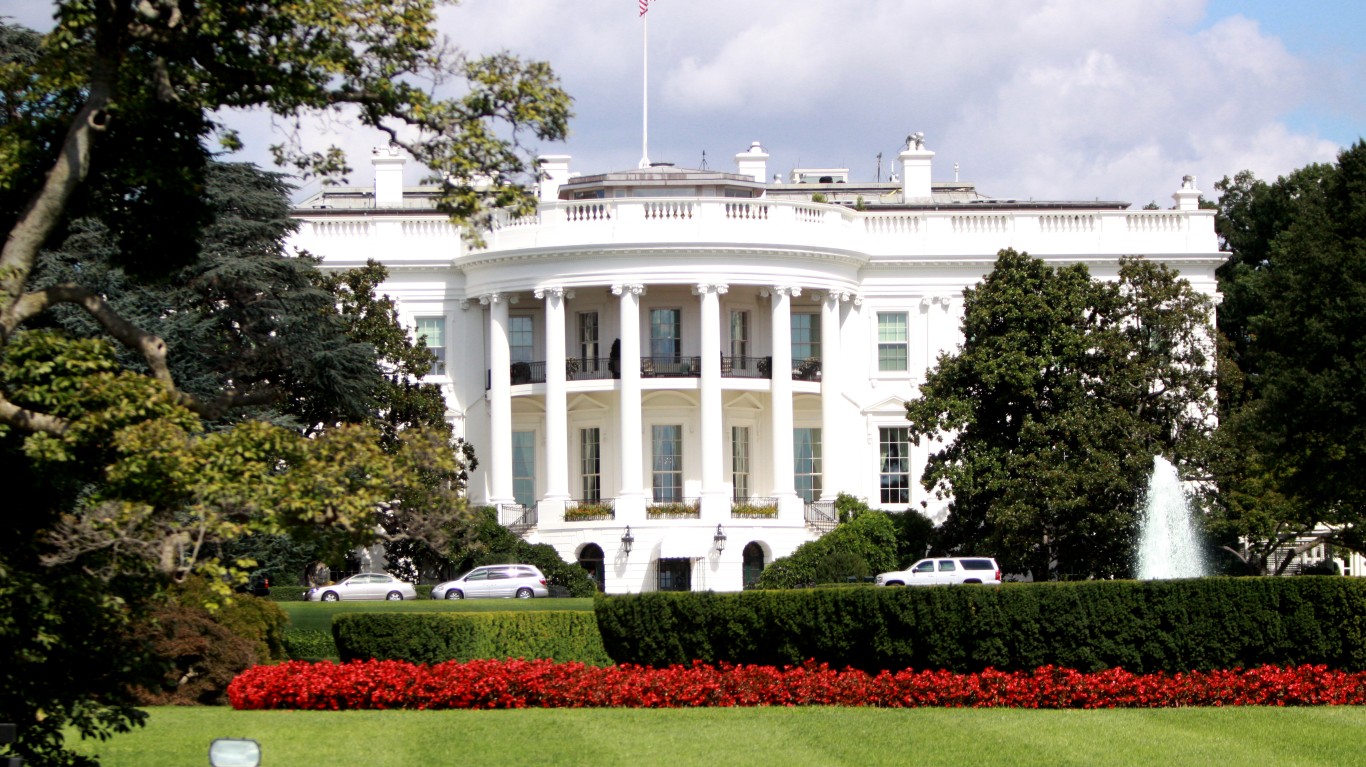
The American electorate chose a presidential candidate with a non-interventionist outlook, but that does not the United States will remain aloof from foreign affairs. Donald Trump showed in his first term that he did not feel bound by precedent, and that may well continue into his second term. Events in Syria, Ukraine, and Israel will garner the most attention in the incoming president’s first weeks in office, but the conflicts detailed here will likely require action sooner rather than later.
The dispute between Armenia and Azerbaijan remains on a knife-edge. While both governments have indicated a peaceful solution is at hand, recent history shows how precarious optimism in the Caucasus can be. Similarly, trouble is never far from the Horn of Africa, and Ethiopia’s need for its own port could lead to the region’s latest catastrophe. The end of Myanmar’s civil war may be in sight, but the junta’s last gasps may ignite a wider conflict.
The armistice between North and South Korea has held for decades, but recent tensions could shatter that fragile ceasefire. The first phase of the Korean War claimed two million lives; the second phase could be worse still. The Sahel region in Africa is a hotbed for Jihadist extremism, and the military juntas that rule Burkina Faso, Mali, and Niger are on shaky ground. Sudan’s latest civil war threatens to be its worst yet.
Finally, and most pressingly for the United States, the Taiwan question may soon require a definitive answer. Strategic ambiguity allowed the United States to have it both ways with China, but a new approach may be needed if Beijing means to press its territorial claims by force. Many challenges await the next administration.
Get Ready To Retire (Sponsored)
Start by taking a quick retirement quiz from SmartAsset that will match you with up to 3 financial advisors that serve your area and beyond in 5 minutes, or less.
Each advisor has been vetted by SmartAsset and is held to a fiduciary standard to act in your best interests.
Here’s how it works:
1. Answer SmartAsset advisor match quiz
2. Review your pre-screened matches at your leisure. Check out the advisors’ profiles.
3. Speak with advisors at no cost to you. Have an introductory call on the phone or introduction in person and choose whom to work with in the future
Thank you for reading! Have some feedback for us?
Contact the 24/7 Wall St. editorial team.



